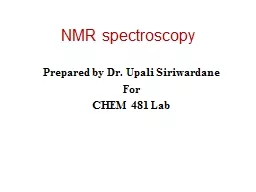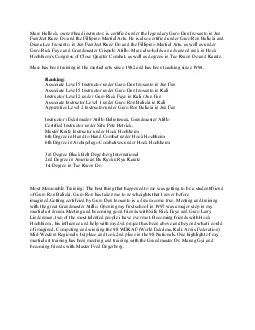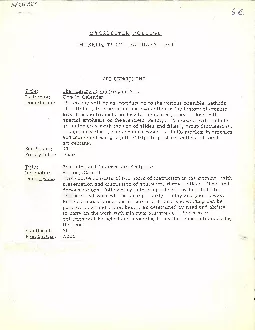PPT-Instructor: Dr. Upali Siriwardane
Author : luanne-stotts | Published Date : 2019-11-24
Instructor Dr Upali Siriwardane email upalilatechedu Office CTH 311 Phone 2574941 Office Hours MW 800900 amp 11001200 am TuTh F 930 1130 am April 7 2015 Test
Presentation Embed Code
Download Presentation
Download Presentation The PPT/PDF document "Instructor: Dr. Upali Siriwardane" is the property of its rightful owner. Permission is granted to download and print the materials on this website for personal, non-commercial use only, and to display it on your personal computer provided you do not modify the materials and that you retain all copyright notices contained in the materials. By downloading content from our website, you accept the terms of this agreement.
Instructor: Dr. Upali Siriwardane: Transcript
Download Rules Of Document
"Instructor: Dr. Upali Siriwardane"The content belongs to its owner. You may download and print it for personal use, without modification, and keep all copyright notices. By downloading, you agree to these terms.
Related Documents














